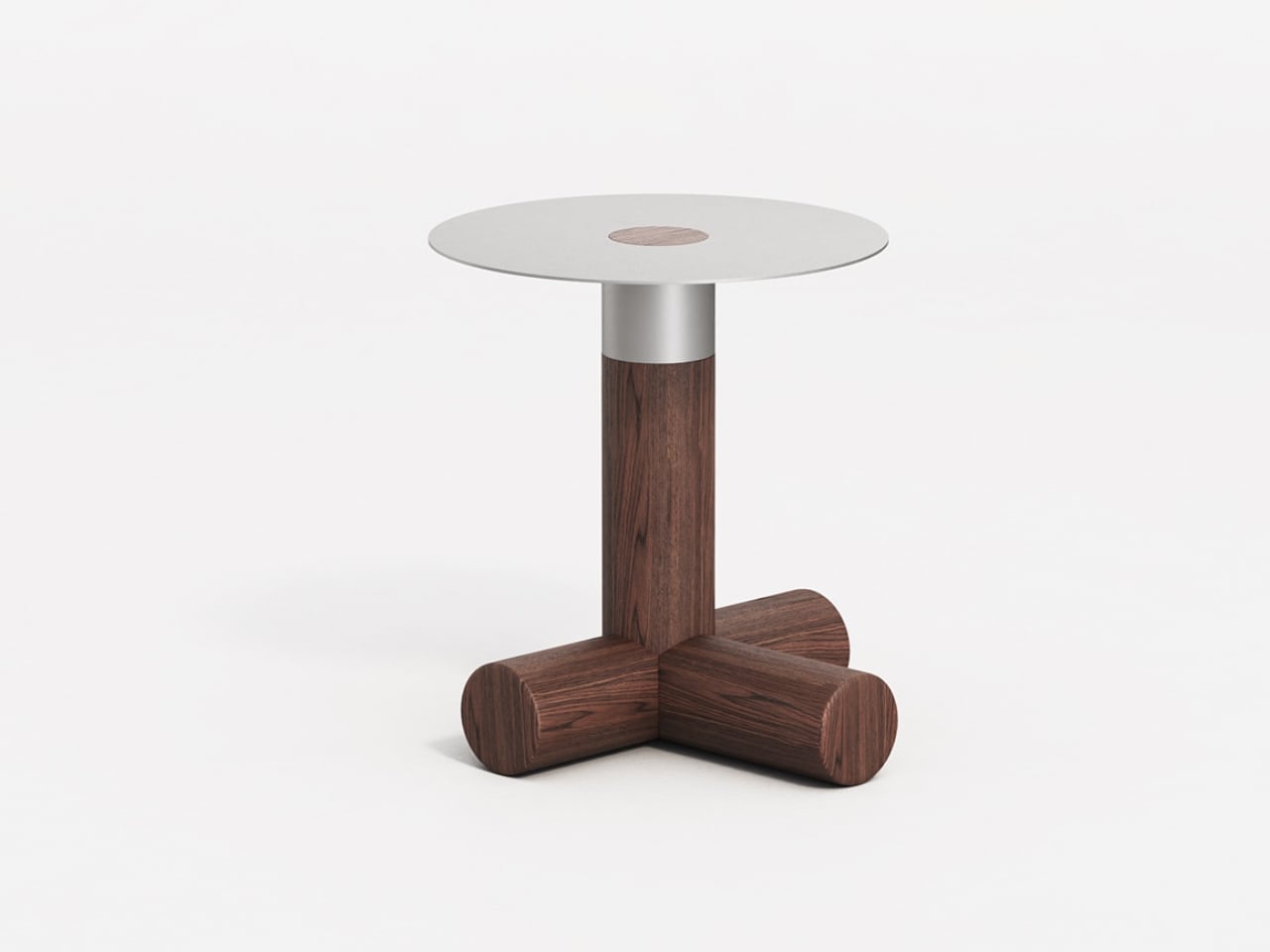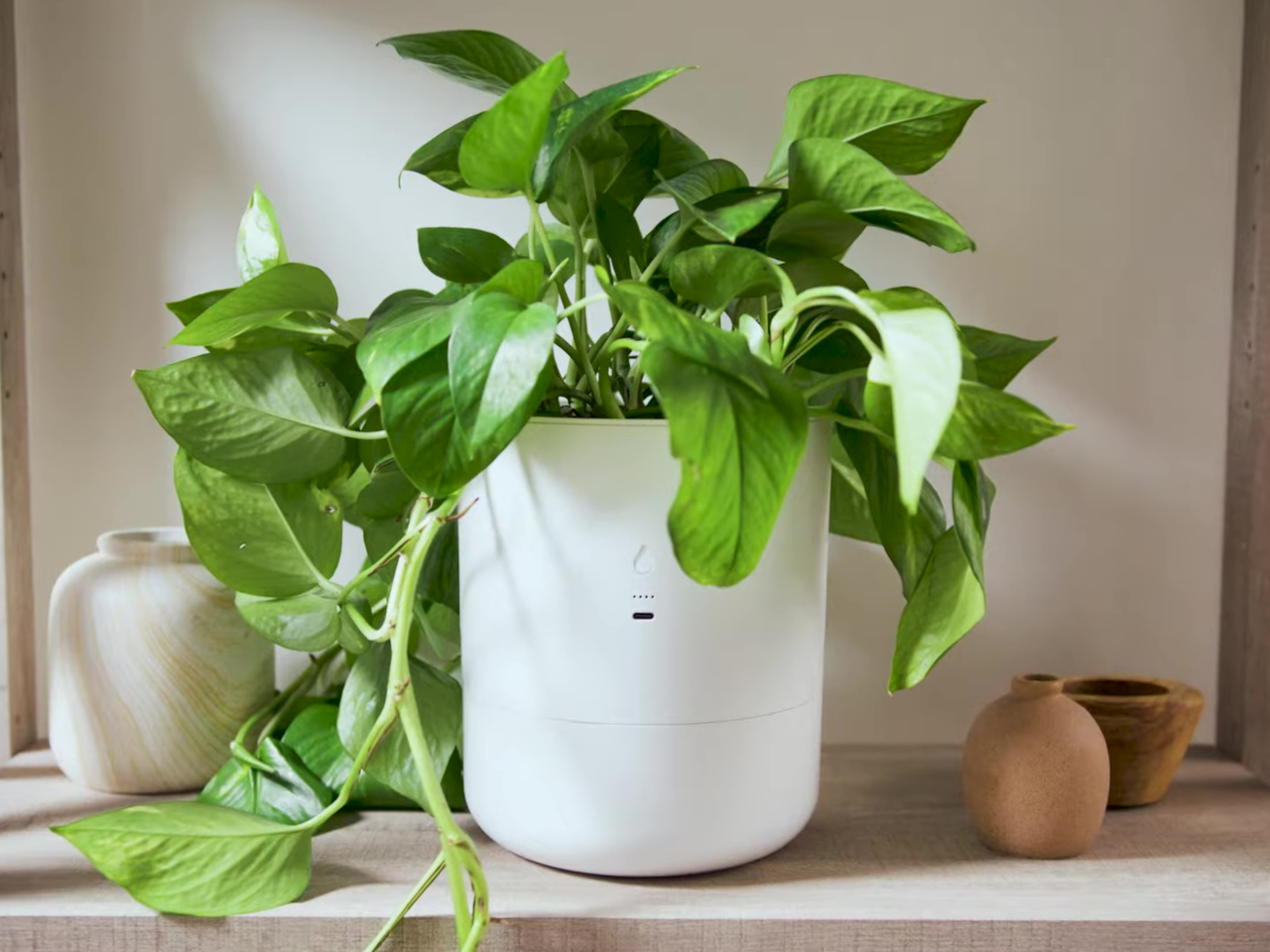Dark Mode, Light Mode, or No Mode? The Psychology Behind Web Design Choices
The debate between dark and light modes in web design has gained significant traction in recent years. With users increasingly prioritizing comfort, accessibility, and personalization, the choice between these modes is no longer just an aesthetic decision—it’s a psychological and functional one. This article delves into the psychology behind these design choices, their impact on user experience (UX), and how businesses can leverage them to create engaging websites. Understanding Light Mode and Dark Mode Light mode is the traditional design standard, featuring dark text on a light background. It is often associated with clarity, professionalism, and ease of reading in well-lit environments. Conversely, dark mode flips this scheme, presenting light text on a dark background. This modern design trend has gained popularity for its perceived eye comfort in low-light settings and its sleek, contemporary aesthetic. Interestingly, statistics reveal that nearly 82% of smartphone users prefer dark mode on OLED screens because it reduces eye strain and is energy efficient. However, about 10% of users alternate between modes depending on their environment or task26. This highlights the importance of offering flexibility to cater to diverse user preferences. The Psychology Behind Light vs. Dark Modes Light Mode: Clarity and Positivity Light mode is psychologically linked to openness and transparency. Its bright interface fosters trust and a sense of reliability, making it ideal for professional platforms like business websites or educational tools. The high contrast between text and background enhances readability during daytime use or in brightly lit spaces. However, excessive brightness can cause eye fatigue in dim environments, especially during prolonged use. Dark Mode: Focus and Comfort Dark mode offers a more immersive experience by reducing luminance and glare. It is particularly effective in low-light conditions where bright screens can feel jarring. Psychologically, dark mode evokes sophistication and focus, making it popular among creative professionals and tech enthusiasts. Additionally, it reduces blue light exposure, potentially improving sleep quality when used at night. However, designing for dark mode presents unique challenges. For instance, ensuring adequate contrast between text and background is crucial to maintain readability. Poorly executed designs can negate its benefits by causing eye strain or making content harder to interpret. When to Use Each Mode in Web Design The choice between light and dark modes should depend on the context of use: Light Mode: Best suited for daytime applications, professional websites, or platforms emphasizing clarity and accessibility. Dark Mode: Ideal for apps used in low-light environments or brands seeking a modern aesthetic. Many platforms now allow users to toggle between modes. This personalization enhances user satisfaction and aligns with inclusive design principles. Accessibility Considerations Accessibility is a cornerstone of effective web design. Both light and dark modes can be optimized to meet the needs of users with visual impairments. For example: Light mode can be enhanced with larger fonts and higher contrast ratios. Dark mode should ensure sufficient contrast between text and background while avoiding overly bright elements that could negate its benefits. Providing users with options ensures inclusivity while catering to diverse preferences. These statistics underscore the growing preference for dark mode while highlighting its practical advantages6. Web Design Choices for Businesses Understanding these psychological principles is critical for businesses aiming to create engaging websites that resonate with their audience. Whether you’re designing an e-commerce platform or a blog, offering both modes can enhance user experience and boost engagement. If you’re looking for professional assistance in crafting a website that balances aesthetics with functionality, consider collaborating with an experienced web design company. Agencies like ours specialize in creating user-centric designs tailored to your brand’s unique needs. Additionally, small businesses can benefit from affordable web design solutions that effectively incorporate these principles. Our affordable web design services ensure that your website looks great and delivers an exceptional user experience. Conclusion The choice between dark mode, light mode, or no specific mode in web design is far more than a stylistic decision—it’s a strategic one rooted in psychology and user behavior. While light mode offers clarity and professionalism during the day, dark mode provides comfort and focus at night. By understanding these dynamics and incorporating flexibility into your designs, you can create websites that truly connect with your audience. As businesses continue to prioritize user experien

The debate between dark and light modes in web design has gained significant traction in recent years. With users increasingly prioritizing comfort, accessibility, and personalization, the choice between these modes is no longer just an aesthetic decision—it’s a psychological and functional one. This article delves into the psychology behind these design choices, their impact on user experience (UX), and how businesses can leverage them to create engaging websites.
Understanding Light Mode and Dark Mode
Light mode is the traditional design standard, featuring dark text on a light background. It is often associated with clarity, professionalism, and ease of reading in well-lit environments. Conversely, dark mode flips this scheme, presenting light text on a dark background. This modern design trend has gained popularity for its perceived eye comfort in low-light settings and its sleek, contemporary aesthetic.
Interestingly, statistics reveal that nearly 82% of smartphone users prefer dark mode on OLED screens because it reduces eye strain and is energy efficient. However, about 10% of users alternate between modes depending on their environment or task26. This highlights the importance of offering flexibility to cater to diverse user preferences.
The Psychology Behind Light vs. Dark Modes
Light Mode: Clarity and Positivity
Light mode is psychologically linked to openness and transparency. Its bright interface fosters trust and a sense of reliability, making it ideal for professional platforms like business websites or educational tools. The high contrast between text and background enhances readability during daytime use or in brightly lit spaces. However, excessive brightness can cause eye fatigue in dim environments, especially during prolonged use.
Dark Mode: Focus and Comfort
Dark mode offers a more immersive experience by reducing luminance and glare. It is particularly effective in low-light conditions where bright screens can feel jarring. Psychologically, dark mode evokes sophistication and focus, making it popular among creative professionals and tech enthusiasts. Additionally, it reduces blue light exposure, potentially improving sleep quality when used at night.
However, designing for dark mode presents unique challenges. For instance, ensuring adequate contrast between text and background is crucial to maintain readability. Poorly executed designs can negate its benefits by causing eye strain or making content harder to interpret.
When to Use Each Mode in Web Design
The choice between light and dark modes should depend on the context of use:
- Light Mode: Best suited for daytime applications, professional websites, or platforms emphasizing clarity and accessibility.
- Dark Mode: Ideal for apps used in low-light environments or brands seeking a modern aesthetic. Many platforms now allow users to toggle between modes. This personalization enhances user satisfaction and aligns with inclusive design principles.
Accessibility Considerations
Accessibility is a cornerstone of effective web design. Both light and dark modes can be optimized to meet the needs of users with visual impairments. For example:
- Light mode can be enhanced with larger fonts and higher contrast ratios.
- Dark mode should ensure sufficient contrast between text and background while avoiding overly bright elements that could negate its benefits. Providing users with options ensures inclusivity while catering to diverse preferences.

These statistics underscore the growing preference for dark mode while highlighting its practical advantages6.
Web Design Choices for Businesses
Understanding these psychological principles is critical for businesses aiming to create engaging websites that resonate with their audience. Whether you’re designing an e-commerce platform or a blog, offering both modes can enhance user experience and boost engagement.
If you’re looking for professional assistance in crafting a website that balances aesthetics with functionality, consider collaborating with an experienced web design company. Agencies like ours specialize in creating user-centric designs tailored to your brand’s unique needs.
Additionally, small businesses can benefit from affordable web design solutions that effectively incorporate these principles. Our affordable web design services ensure that your website looks great and delivers an exceptional user experience.
Conclusion
The choice between dark mode, light mode, or no specific mode in web design is far more than a stylistic decision—it’s a strategic one rooted in psychology and user behavior. While light mode offers clarity and professionalism during the day, dark mode provides comfort and focus at night. By understanding these dynamics and incorporating flexibility into your designs, you can create websites that truly connect with your audience.
As businesses continue to prioritize user experience, leveraging these insights will be key to staying ahead in the digital landscape. Whether you're building a new website or optimizing an existing one, aligning your design choices with user preferences can make all the difference.



























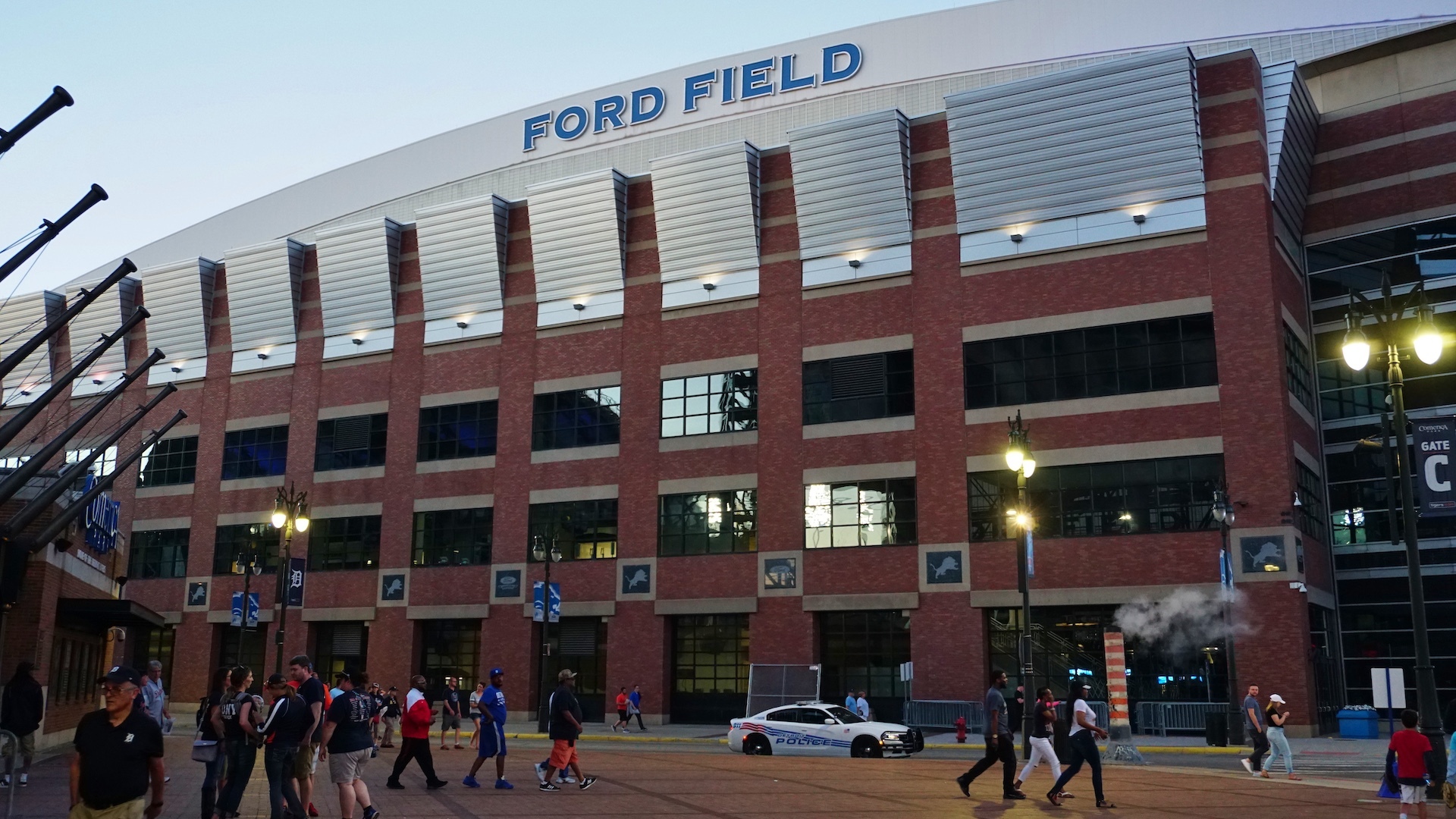
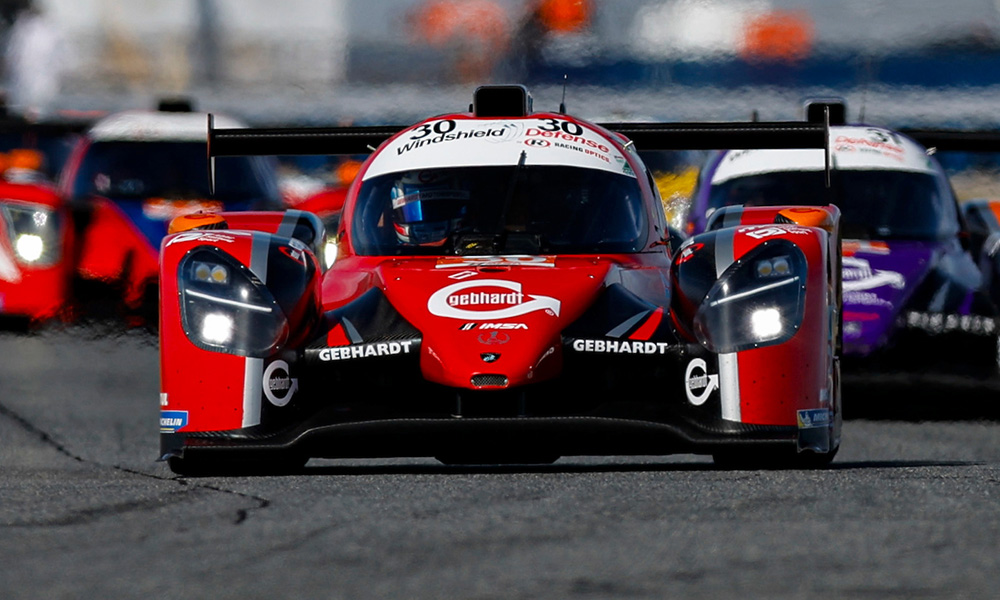







/cdn.vox-cdn.com/uploads/chorus_asset/file/24435316/STK150_Bing_AI_Chatbot_02.jpg)









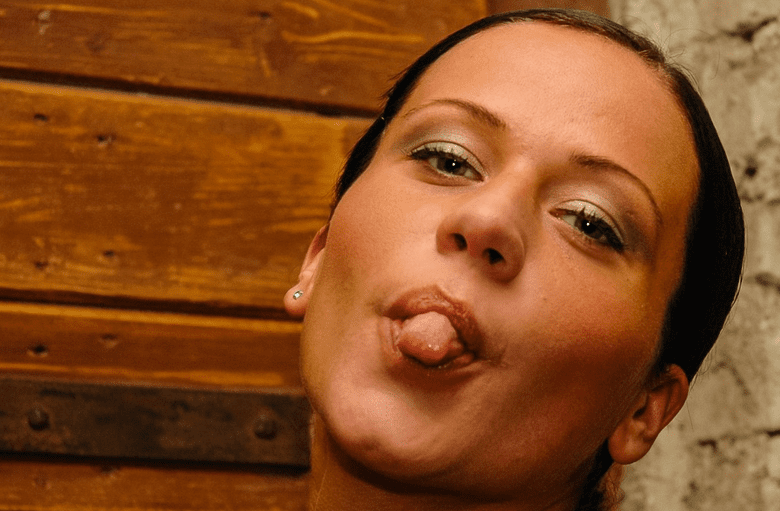
![United Passenger’s Upgrade Mishap Sparks Seat Loss—Here’s the Critical Step to Avoid It [Roundup]](https://viewfromthewing.com/wp-content/uploads/2018/09/20170607_112204.jpg?#)








